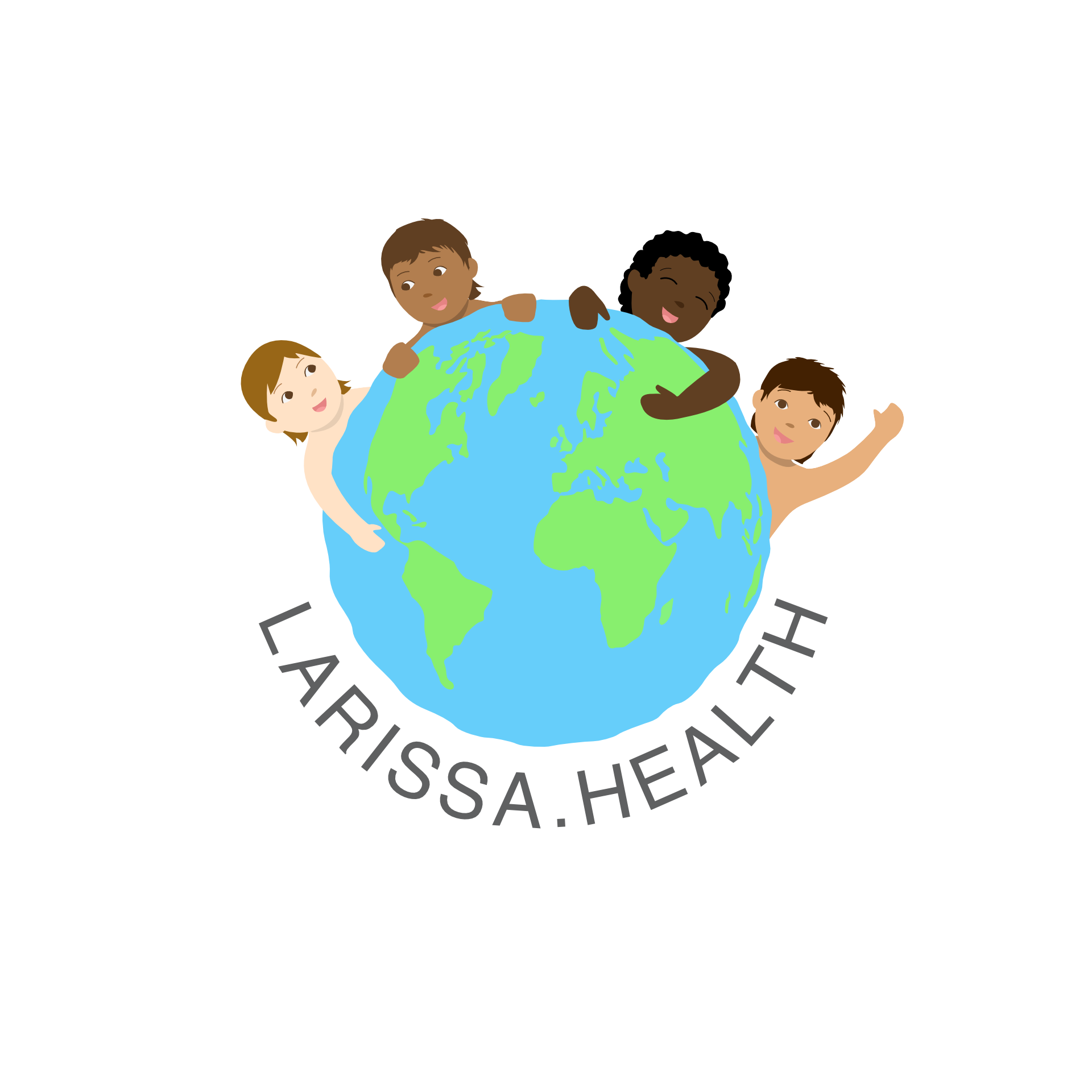Balloon Pediatric Disease Screening Test
Early Detection and Treatment for Severe Combined Immunodeficiency
Severe Combined Immunodeficiency (SCID), colloquially known as "balloon child disease," is a group of genetic disorders that affect the immune system. It has recently gained attention due to its portrayal in the TV series "My Name is Farah." SCID is part of the Primary Immunodeficiency (PID) group, which comprises nearly 500 diseases. Assoc. Dr. Günseli Bozdoğan, a member of the Turkish National Society of Allergy and Clinical Immunology, has provided information about the early detection, diagnosis, and treatment of SCID.
SCID is characterized by recurrent, resistant, and severe infections that often necessitate hospitalization. It is caused by a genetic defect that prevents the development of T cells, which are essential for fighting infections. Patients with SCID are highly susceptible to even weak microbes, which can be fatal. If not diagnosed and treated promptly, patients can die before the age of one due to severe infections.

Early detection and diagnosis are critical for the successful treatment of SCID. According to Dr. Bozdoğan, the success rate of stem cell transplantation, the only effective treatment method, rises to 95% when early diagnosis is made with screening tests. Unfortunately, there is currently no screening program for SCID in Turkey. If a patient is exposed to a microbe and organ damage develops, the chances of successful treatment decrease.
The immune system is composed of various cells, including T cells, B cells, NK cells, neutrophils, and macrophages. These cells perform different functions and work together to protect the body from microbes. Genetic material in immune system cells dictates their functions, and genetic defects can lead to primary immunodeficiencies like SCID.
Primary Immunodeficiencies (PIDs) are rare diseases that result from congenital deficiency or insufficiency of the immune system. The majority of PIDs, including nearly 500 diseases, are due to congenital genetic disorders and can affect individuals of all ages and genders. Patients with PIDs generally have deficient or inadequately functioning immune systems, leading to various clinical findings.
The definitive treatment for SCID is stem cell transplantation or bone marrow transplantation, which can be performed successfully in many centers in Turkey. A fully compatible donor within the family is the first choice, but semi-compatible family members or fully compatible non-relative donors can also be used.
In some cases, gene therapy can be used to treat SCID by correcting the defective gene and transferring it back to the patient. However, this treatment is not currently available in Turkey. Immunoglobulin (IG) replacement therapy, administered every 3-4 weeks, is another treatment option. Protective doses of antibiotics are given alongside IG therapy to treat infections when necessary. This treatment continues until stem cell transplantation is successful.
In some regions of Turkey, consanguineous marriages are common, which has led to an increased incidence of PIDs. In consanguineous marriages, the risk of PIDs significantly increases due to the sharing of chromosomes from both parents. The incidence of PIDs in Turkey is 10 in 1,000, compared to 58 in 1,000 in the United States.
Dr. Bozdoğan emphasizes that SCID is an ideal candidate for newborn screening programs, as the disease has effective treatment options and symptoms appear shortly after birth. Early diagnosis through screening tests can greatly increase the chances of successful treatment. However, there is currently no screening program for SCID in Turkey.
The term "balloon child disease" originates from the story of David Phillip Vetter, who was born in Texas, USA, in 1971, before the development of effective treatments for SCID. David's parents had previously lost a child to SCID in 1963, so when David was born, they decided to keep him in a sterile environment—a "balloon"—to protect him from germs. David lived for 12 years in this isolated environment, with all his necessities sterilized before being introduced to the balloon.
In an attempt to cure David, doctors performed a bone marrow transplant using his sister Katherine as a donor. Although the operation was initially successful, David became ill for the first time two days after the transplant, experiencing diarrhea, fever, severe vomiting, and intestinal bleeding. He passed away on February 22, 1984, only 15 days after leaving the sterile room. Today, thanks to advancements in bone marrow transplantation, patients with SCID can receive treatment at an earlier age without experiencing the challenges faced by David Vetter.
Severe Combined Immunodeficiency, or "balloon child disease," is a group of genetic disorders within the Primary Immunodeficiency group that affects the immune system, leading to recurrent, resistant, and severe infections. Early detection and diagnosis are crucial for successful treatment, with stem cell transplantation being the primary method. However, screening programs for SCID are not yet widely available.
Consanguineous marriages increase the risk of PIDs, such as SCID, and consequently, their incidence is higher in countries like Turkey. Newborn screening programs could significantly improve early detection and treatment success rates. With advancements in bone marrow transplantation, patients diagnosed with SCID can now lead healthy and normal lives, avoiding the hardships faced by those in the past, like David Vetter, the original "balloon child."





